I confidently believe that magic, the occult, and the supernatural will play an important role in Life And Trust, the upcoming immersive theater show from the theatrical production company Emursive.
It’s heavily implied that the plot of Life And Trust centers around the story of Faust and his bargain with the Devil. That alone promises sorcery will feature strongly in Life And Trust, but there are other hints of further occult machinations in the show.
We should also consider all of the magic present in the artistic and spiritual predecessor of Life And Trust NYC—Sleep No More and it’s home, the McKittrick Hotel.
(Note: I will use Life And Trust and Life And Trust NYC interchangeably for SEO purposes.)
I’ve previously touched upon possible influences we’ll see in Emursive’s Life And Trust NYC.
But, personally, I don’t really care about the specific objective plots and characters and the unraveling of their diegetic stories. I don’t care right now, anyway.
No, I am focusing more on setting and atmosphere, since it’s so important these immersive theater shows. And magical occult elements always lend themselves to a dark and foreboding experience.
Even though Life And Trust NYC is wholly created by Emursive and is completely independent of Punchdrunk, I’m willing to guess the production will draw heavily from the spirit of Punchdrunk.
And to understand how the supernatural will play a vital role in Life And Trust, it is worth looking at how the occult functions objectively and thematically in Sleep No More.
One Big LARP
Sleep No More is one big LARP if you have fun with it.
From the minute you enter the doors of the McKittrick Hotel with your playing card “room key” in hand, you pass through a dark hallway belting out Hitchcock music. Punchdrunk has said in the past that these dark passages (amplified with atmospheric music) creates the feeling of passing from one world of experience into another.
It works, too.
When you exit the hallway you find yourself in another time and place—that of the dimly lit Manderley Bar in 1939. Costumed actors inhabit their roles as the “People In Black.” They do it so well that you feel like you’re caught in a time slip. It’s very reminiscent of Jack Torrance breaking bread with the spirits of the Overlook Hotel in Stanley Kubrick’s The Shining.
When it’s time for the show to begin, you’re ushered into an old and dim elevator (sometimes you’re let loose in a stairwell; I’ve experienced both). Instructions dictate that “fortune favors the bold” and that everything in the hotel is “not as it appears.”
And then, from there onward, you’re left to roam the McKittrick Hotel as you see fit. You can snoop around in drawers and cabinets, wander the halls taking in all of the atmosphere, or (as many do) chase after the “residents” of the McKittrick.
This is all where the very real magic of immersion comes from.
If we are following Alan Moore’s definition of magic, it’s simply the creation of art. This creation that is purely intangible act by giving birth to an idea, and then crafting that idea into something that can affect the minds and consciousness of others.
Sleep No More certainly pulls this off, and I am confidant that Life And Trust will do the same.
A Curse Befalls…
But what about the actual narrative magic in the show?
What about all of that plot elements that will employ the occult to tell this story of Life And Trust NYC?
Well, I’m sure that the Life and Trust Bank will be cursed in some way, the same way the McKittrick Hotel in Sleep No More is cursed by Hecate to forever loop around and around, tormenting Macbeth and trapping the residents. And, if you follow Hecate’s plot and that of her witches, they’re trying to cheat death—even if they show hints of their sadness and exhaustion in doing so.
And though I never experienced it, from my extensive reading about The Drowned Man by Punchdrunk, it seems that this was the reasoning of Mr. Leland Madison Stanford, too. Temple Studios was locked in an unending loop as he tried to perfect his cinematic magnum opus.
He employed his own occult arts involving freemasonry and the magic of Solomon to achieve his goals. It’s not a surprise that Mr. Stanford has no concern at all for the lives he tormented and destroyed in the process, just like Hecate from Sleep No More.
Some kind of curse will likely befall the Life and Trust Bank, too. An “endless loop” is already teased in the history of Conwell Coffee Hall (the fully functional front business of Life And Trust NYC).
Haunting The Space
One of my favorite elements of magic in Sleep No More and the other Punchdrunk stories is that the audience, in its own way, comprises active members of the show, too.
Whenever I talk to people who have never been to one of these immersive theater shows, I always give the same piece of advice.
Haunt the space.
Haunt the residents (respectfully—don’t be the obnoxious prick that crowds the performers).
Haunt the halls.
Haunt the scenery as you rummage for clues.
Be your own Nicole Kidman in The Others—who is the ghost in this scenario, after all?
In real-world occultism and the study of high strangeness, a cornerstone is contact and the traversal of realms and dimensions beyond our own. Some are believed to exist above and below our material world (Aleister Crowley called this world we live in the “Plane of Disks”).
Other realms are existing and functioning alongside us—right now—but there’s a “veil” that conceals this world from us; it’s probably for our own good. In Islam, Mohammad said that humanity was given this veil to hide the world of the Djinn from us, so that we not loose our minds with everything that’s truly happening all around.
On top of that you have fairy worlds, time slippages, and ghostly recordings in the environment called “stone tape theory.”
The masterminds of Punchdrunk have said in the past that those who are “dead, mad, or magic” can see the audience members.
For example, a real treat when visiting Sleep No More is catching the attention of the witches. More than once Boy Witch has noticed me me watching him and he gestures to me forward—only to then reject me (the story of my life 😂 ).
I suspect this will be a supernatural element that will appear in Life And Trust NYC, too. Those characters that are in touch with the otherworldly—whether through magical practice, madness, or death—will also be aware of the audience and will be able to interact with the audience, too.
Who knows, maybe we will also have One-on-One Encounters.
Charms, Trinkets, And Symbols
Again, I am looking to the past to predict the future.
When Punchdrunk created their past shows—specifically Sleep No More and The Drowned Man—they used real-world occult inspirations to fuel the supernatural in their shows.
Hecate’s apothecary is any magician’s wet dream. Besides that, the show’s sets are filled with magical charms, talismans, and symbols. One prominent symbol is the Seal of Melchizedek, which appears on the ballroom floor, in the padded cell of the Saint James Sanatorium (made from bird feathers), and the Porter keeps it very close, too. That’s just what I found of it—I’m sure it appears elsewhere and I’ve missed it.
But there’s more.
There are the strange bone charms of Mr. Bargarran the taxidermist, the wards and talismans of the delightful Mr. Fulton, a tailor who doubles as a “cunning man” who I have an soft spot for. My favorite performer to capture this character has been, by far, Spencer William Grossman.
And there’s the obsessive augury of the hardboiled detective Malcolm, who was performed perfectly by the incredible Tim Jones, a guy born to play a suave film-noir gumshoe. I’m sad he’s left the show, but hopefully he’s on to bigger and brighter ventures.
Mr. Stanford from The Drowned Man used the symbolism and occult tools of Freemasonry, which claims to originate from the Rosicrucians. References to the Keys of Solomon and the demons contained within are also found around Temple Studios.
Beyond the walls of Mr. Stanford’s studio is the Dust Witch, who works her own form of white magic cobbled together with Christianity, voodoo, and the Tarot. Her practices are hedge magic mixed with spiritual devotion—rough and wild compared to the ceremonial structure of Stanford’s formal occultism.
The emissary of the Dust Witch is the shamanic Miguel, who works magic of his own, such as creating gris-gris bags. The two work to end the machination of Mr. Stanford, end the loop, and free its victims.
Using What Works
Yes, I’m certainly flailing a bit, throwing out ideas.
But they aren’t as random as they might seem.
More importantly, that’s what makes speculation fun.
I trust that Emursive is going to emulate what works with magic and the supernatural from their past experience with Punchdrunk and Sleep No More, and bring that to Life And Trust.
Tickets are on sale now for Emursive’s Life And Trust NYC. The immersive theater show debuts its first performance on Monday, 17 June 2024.

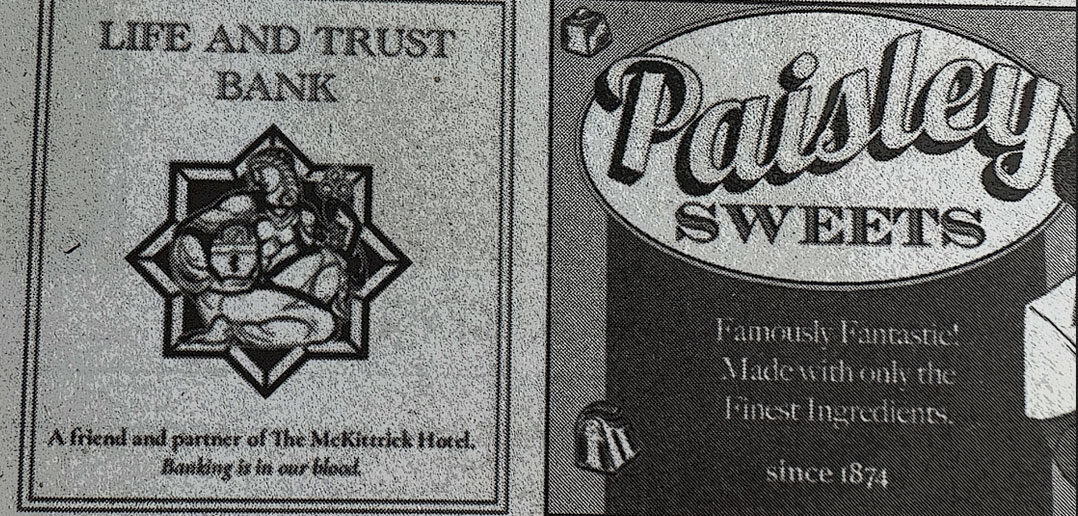
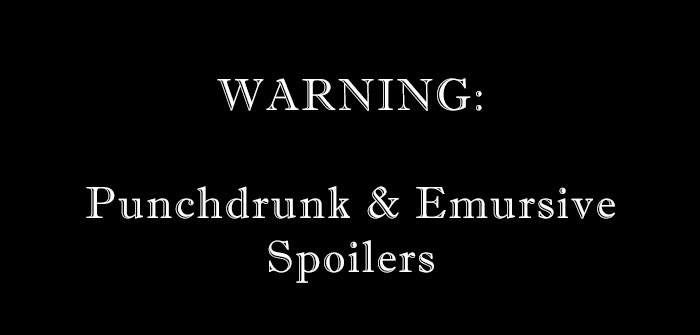
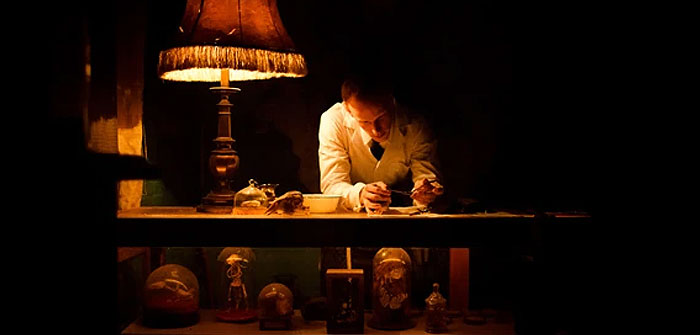
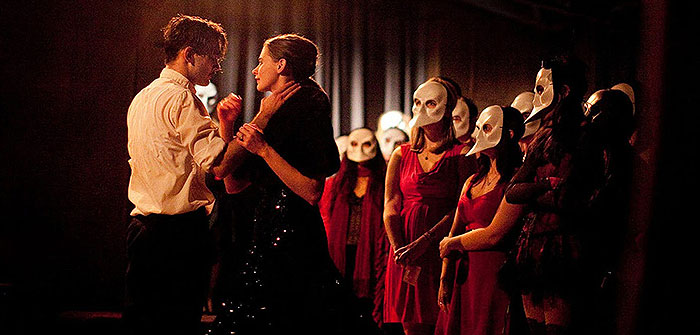
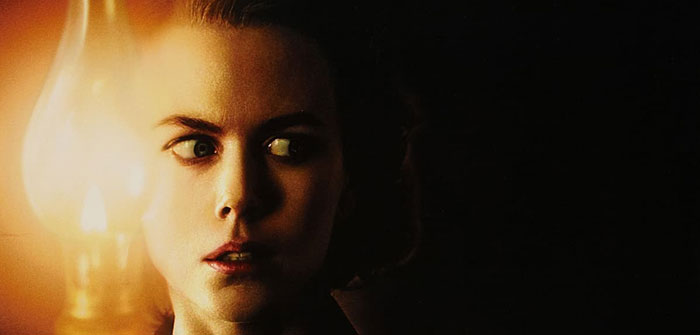
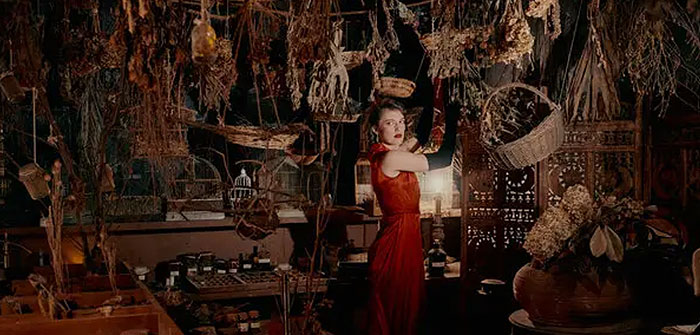
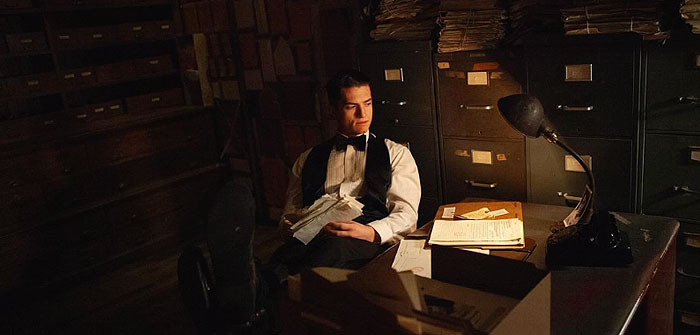

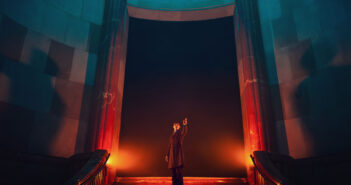
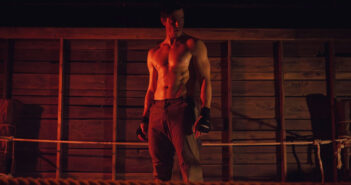
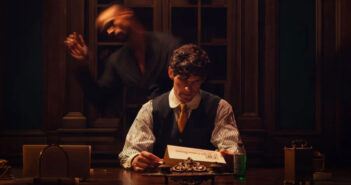
2 Comments
I am really enjoying your L&T articles! For the occult aspect, I’m wondering if we’re looking at a 1800s or early 1900s defunct org as the main occult inspiration. Also the hints in Conwell hint towards the event the show rotates around is the stock market crash of 1929 (the 1929s in the back story and all the clocks turned to 10:29).
Hi Joe, and thank you for commenting! I have to admit, I am having fun writing about this stuff at the very beginning of the show before it starts, and I plan on continuing to do so. It breaks up the other stuff I do, which can be dour at times.
The whole thing gives me “secret society” vibes, and looking at those cast portraits, that’s only more so now. Of course, I don’t know and I’m only having fun speculating.
I didn’t even pick up on the stock market crash! It’s funny how out of it I can be, and just ignoring some details while fixating on others.
More to come, friend!